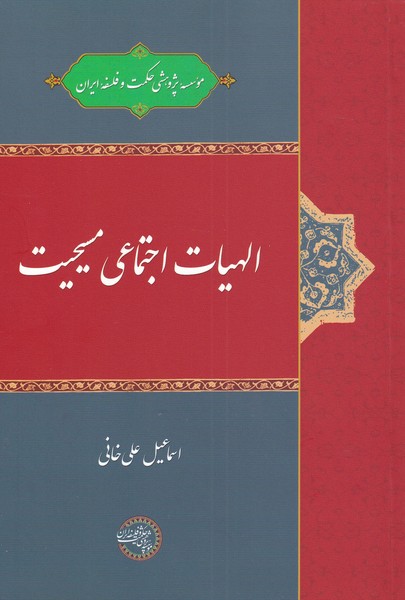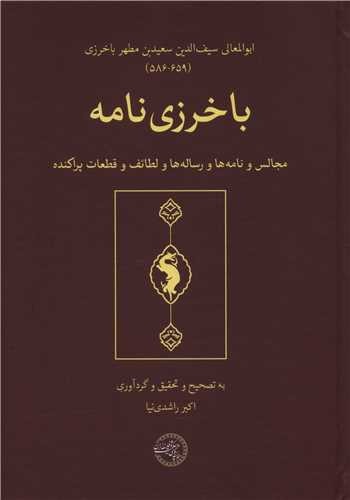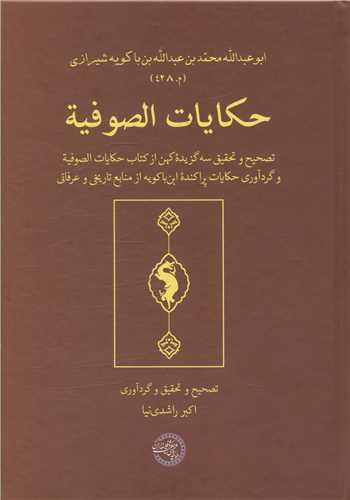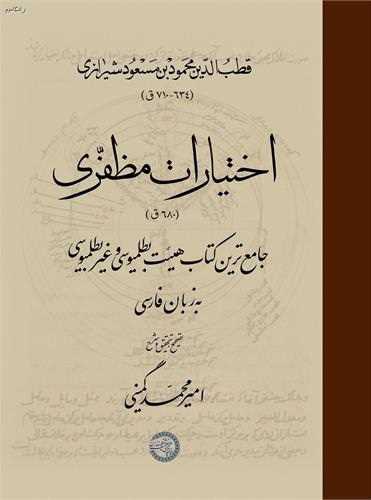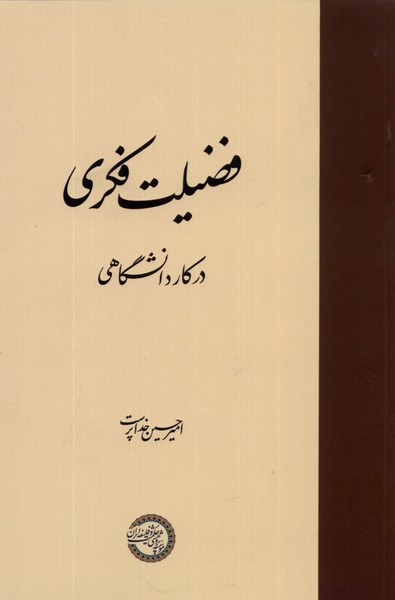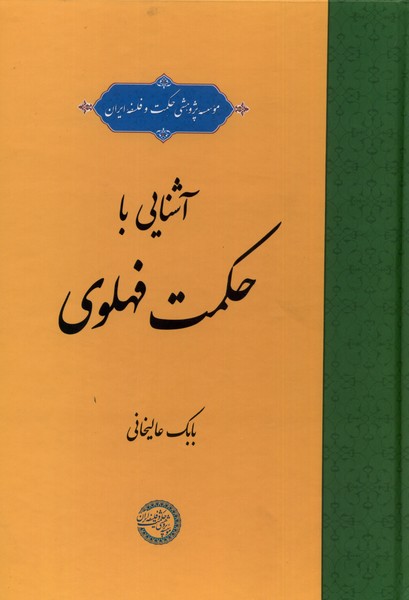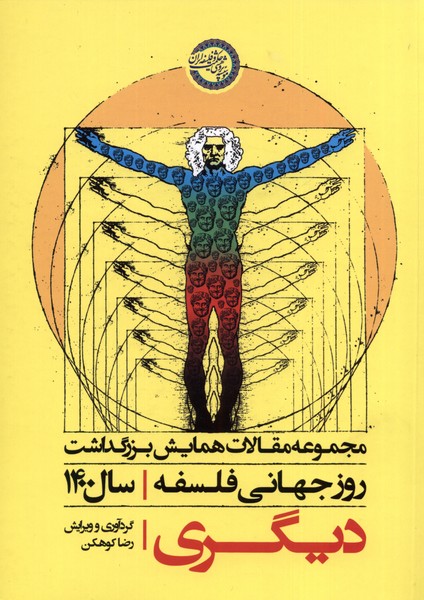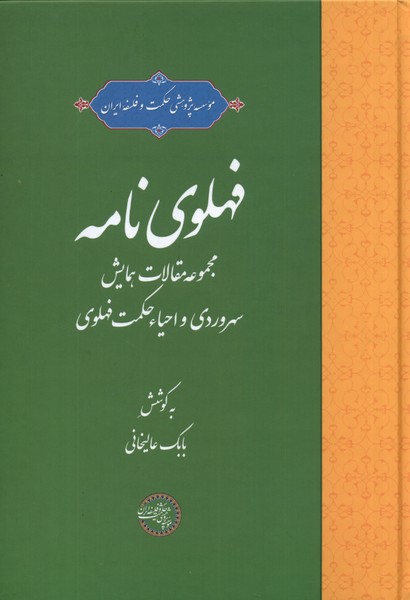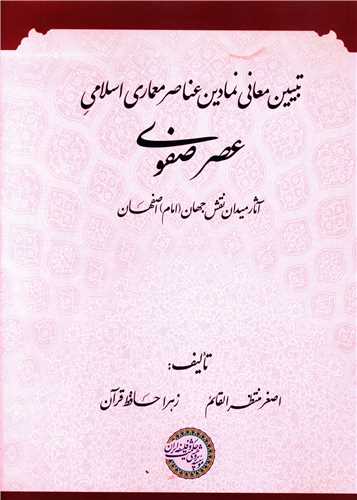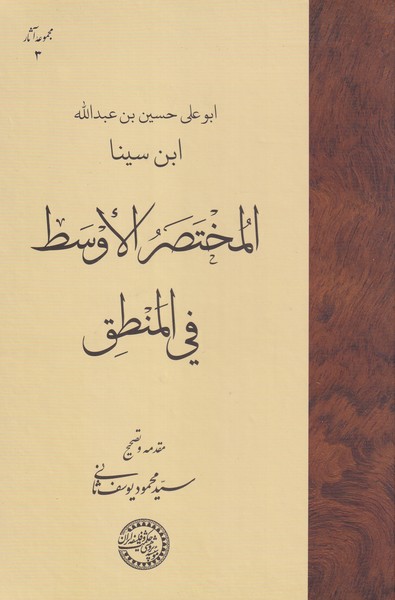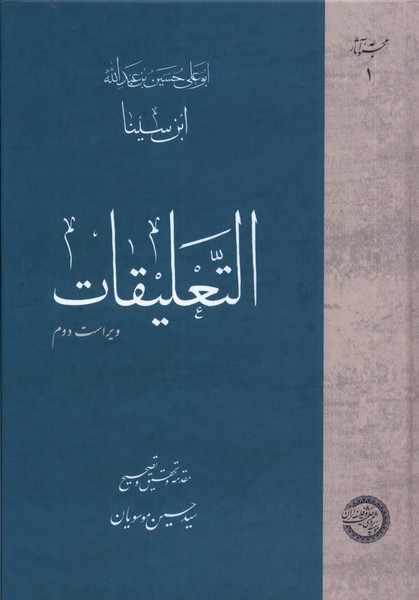Ilāhīyāt-i ijtimā'ī-yi Masīḥīyat: Persiska (Farsi) 1397
الهیات اجتماعی مسیحیت
18,65 £
Dela
Wishlist
Originaltitel:
الهیات اجتماعی مسیحیت
ISBN:
9786226331005
Åldersgrupp:
Vuxen
Sidor:
595
Vikt:
656 g
Produktmått:
14 x 21 x 5
,
4 cm
Bokomslag:
Kartongbok
This writing is done in two parts and each part has three chapters. The first part deals with Catholic social theology and the second part deals with Protestant social theology.
The first chapter of the first part is the general discussion and definition of concepts and words that are in some way the shape of the discussion or have a key role in this research.
The title of the second chapter is "From Christ the Shepherd to the Sovereign Pope". In this chapter, the original teachings of Jesus (pbuh) and the process of turning it into an authoritarian and coherent ritual (from the beginning to the fourth century) and then, its transformation into a government ritual and tendency towards power and even becoming a government and control over society. from the 4th century to the 14th century) and finally, from government to isolation and the end of social and political power and exclusion from society and politics (from the 14th century to the 18th century).
The main destination of the article is the third chapter, in which we have specifically discussed how the Catholic Church faces the modern world and the problems it faces, especially for believers. These strategies are briefly called social theology; That is, theological and religious solutions for people's problems in the industrial age. The social theology of the Catholic Church was pursued in two ways: papal and episcopal statements and practices outside the framework of the Church and, in a way, practical and pastoral theology.
We have organized the Protestant section into three chapters with the titles "Protestantism's Attitude to the World", "Protestantism and Social Theology" and "Protestantism, Politics and Political Theology".
In the first chapter, we have discussed the type of Protestantism's view of the world, politics, government, etc., and we have pointed out that the Protestant school had and has a more favorable ground for confronting and reconciling with the modern and industrial world; To the extent that some believe that the emergence of Protestantism was not possible before modernity and renaissance, and also, the economic developments of the new world are in the shadow of Protestantism.
The second chapter is about the social theology of Protestantism, in terms of opinion and practice, and pays special attention to some prominent schools of this approach. And since attention to politics and political performance, that is, theoretical and practical attention to politics, is a part of social theology and is prominent in Protestantism.
We have dedicated the third chapter to the political theology in this religion and we have examined the political theology of some prominent people of this school.
more
این نوشتار در دو بخش و هر بخش در سه فصل به انجام رسیده است. بخش اول به الاهیات اجتماعی کاتولیک و بخش دوم به الاهیات اجتماعی پروتستان پرداخته است.
فصل اول از بخش اول، کلیات بحث و تعریف مفاهیم و واژگانی است که به نوعی شاکله بحث هستند یا در این تحقیق نقش کلیدی دارند.
عنوان فصل دوم «از مسیح شبان تا پاپ حاکم» است. در این فصل آموزههای اصیل عیسی (ع) و روند تبدیل آن به آیینی اقتدارگرا و منسجم (از آغاز تا قرن چهارم) و در ادامه، تبدیل شدن آن به آیینی حکومتی و گرایش به قدرت و حتی تبدیل شدن به حکومت و سیطره بر اجتماع (از قرن چهارم تا قرن چهاردهم) و در نهایت، از حکومت تا انزوا و پایان قدرت اجتماعی و سیاسی و طرد از اجتماع و سیاست (از قرن چهاردهم تا قرن هیجدهم) را مورد بررسی قرار دادهایم.
مقصد اصلی نوشتار، فصل سوم است که در آن به صورت مشخص، به نحوه مواجهه کلیسای کاتولیک با جهان مدرن و معضلات پیش روی آن، به ویژه برای ایمانداران پرداختهایم. این راهکارها بهطور خلاصه تحت عنوان الاهیات اجتماعی هستند؛ یعنی راهکارهای الاهیاتی و دینی برای مشکلات مردمان در عصر صنعتی. الاهیات اجتماعی کلیسای کاتولیک در قالب دو شیوه دنبال شد: بیانیههای پاپی و اسقفی و عملکردهای خارج از چارچوب کلیسا و به نوعی الاهیات عملی و شبانی.
بخش پروتستان را نیز در سه فصل با عناوین «نگرش پروتستانتیسم به دنیا»، «پروتستانتیسم و الاهیات اجتماعی» و «پروتستانتیسم، سیاست و الاهیات سیاسی» بهسامان رسانده ایم.
در فصل اول به نوع نگاه آیین پروتستان به دنیا، سیاست، حکومت و... پرداختهایم و به این نکته اشاره کردهایم که مکتب پروتستان زمینه مساعدتری جهت مواجهه و آشتی با دنیای مدرن و صنعتی داشته و دارد؛ تا آنجا که برخی بر این باورند که اصلا بهوجود آمدن آیین پروتستان، پیش از مدرنیته و رنسانس ممکن نبود و نیز، تحولات اقتصادی دنیای جدید در سایه پروتستانتیسم است.
فصل دوم به الاهیات اجتماعی آیین پروتستان، در نظر و عمل و توجه ویژه به چند مکتب برجسته این رویکرد است. و از آنجا که توجه به سیاست و عملکرد سیاسی، یعنی توجه نظری و عملی به سیاست، بخشی از الاهیات اجتماعی است و در آیین پروتستان برجسته است.
فصل سوم را نیز به الاهیات سیاسی در این آیین اختصاص دادهایم و الاهیات سیاسی چند نفر از برجستگان این مکتب را مورد بررسی قرار دادهایم.
more

